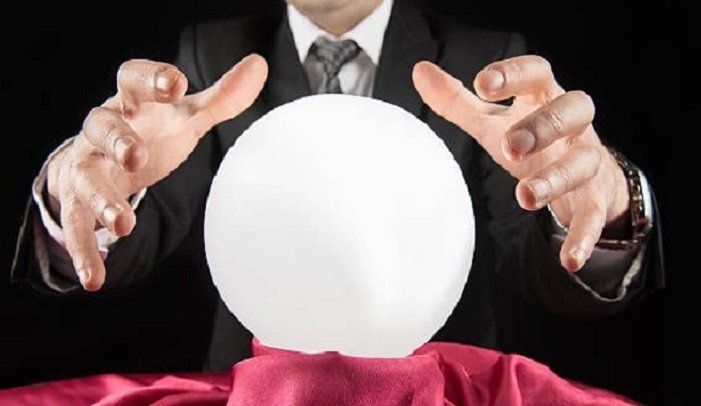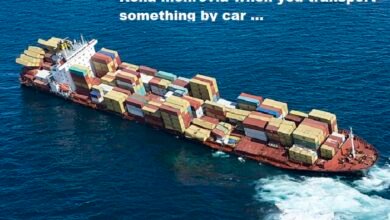The Crystal Ball of Investment Decisions (and How to Use It)

Imagine you have a brilliant idea for a new business – a revolutionary coffee table that folds into a surfboard! But before you quit your day job, there’s a crucial question to answer: how much money will this project actually make? The answer lies in future cash flows expected from investment projects.
This fancy term might sound intimidating, but it simply refers to the money you expect to move in and out of your project over its lifetime. It’s like a financial crystal ball, helping you see the project’s potential for profit (or loss).
The Power of Future Cash Flows: Why They Matter
So, why are future cash flows so important? Let’s say you’re considering opening a dog bakery. The initial investment for ovens, mixers, and adorable bone-shaped cookie cutters can be hefty. But you expect a steady stream of revenue from hungry pups and their humans.
Here’s the catch: a big chunk of money coming in five years from now isn’t as valuable as the same amount you receive today. That’s the time value of money at play. Future cash flows help you account for this by understanding the project’s overall financial picture.
Projecting the Future: How to Estimate Cash Flows
Predicting the future is tricky, but estimating future cash flows for your investment project is an essential step. Here’s a breakdown:
-
Sales Forecast: Be realistic! Project how many dog treats you expect to sell each month/year, considering factors like competition and market trends.
-
Operating Costs: Factor in all the expenses to keep your bakery running – rent, ingredients, utilities, puppy playtime breaks for your employees (hopefully!).
-
Initial Investment: Don’t forget the oven, mixers, and those crucial cookie cutters! Include all upfront costs to get your business started.
-
Salvage Value: Maybe in a few years, you’ll upgrade your equipment. The value of your old oven at that point is your salvage value – account for it!
By considering these elements, you can build a solid picture of your project’s future cash flows.
Beyond the Basics: Different Types of Cash Flows
Future cash flows come in various forms:
-
Positive Cash Flows (Inflows): This is the happy money coming in – your sales revenue from those delicious dog biscuits!
-
Negative Cash Flows (Outflows): This is the money you spend – rent, ingredients, employee salaries (including those puppy playtime breaks).
-
Initial Investment: This is the upfront cost to get your bakery operational – ovens, mixers, and yes, the all-important cookie cutters.
Understanding these different types of cash flows is crucial for accurately predicting your project’s financial health.
Making the Most of Your Crystal Ball: Using Cash Flows for Smart Decisions
So, you’ve estimated your future cash flows. Now what? This information is your secret weapon for making smart investment decisions:
-
Project Profitability: By analyzing the inflows and outflows, you can see if your dog bakery is likely to be profitable in the long run.
-
Break-Even Point: Identify the point where your sales revenue equals your expenses – a crucial milestone for any business.
-
Investment Comparison: Thinking of opening a cat café instead? Compare the future cash flows of both projects to see which one makes more financial sense.
By leveraging future cash flows, you can transform your investment decisions from a guessing game into a well-informed strategy.
Remember, the future might be uncertain, but by carefully estimating future cash flows, you can approach your investment projects with confidence and a clear understanding of their financial potential. Now go forth, and may your dog bakery (or cat café, or revolutionary surfboard coffee table) be a roaring success!





